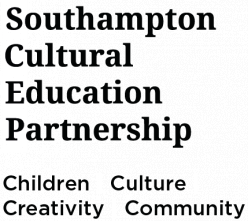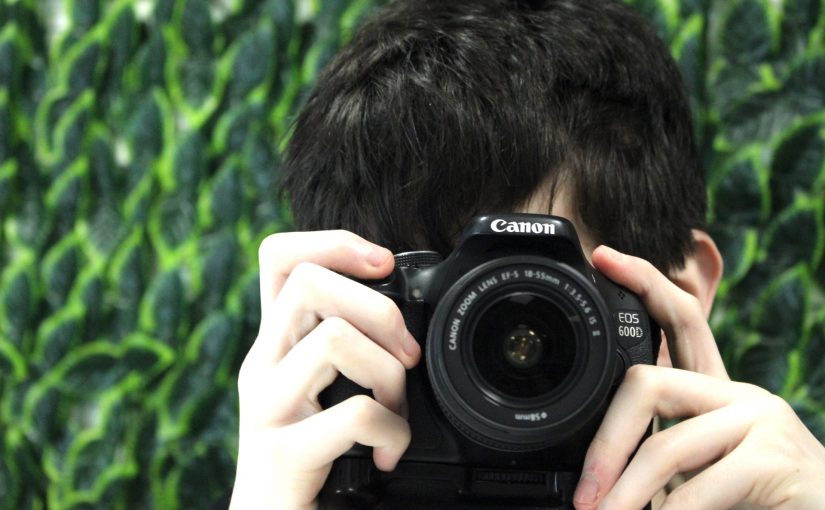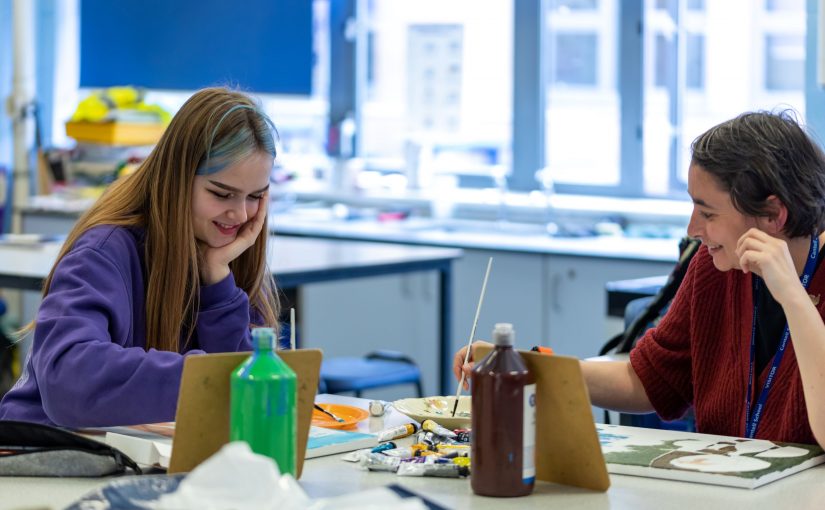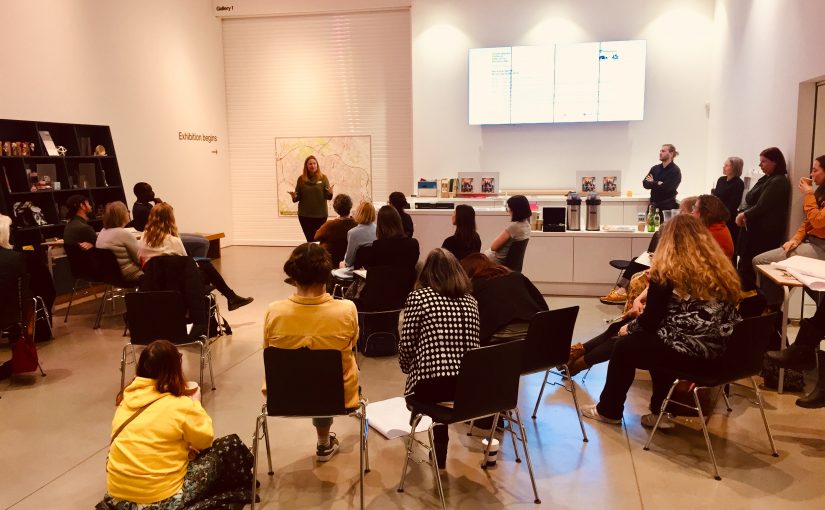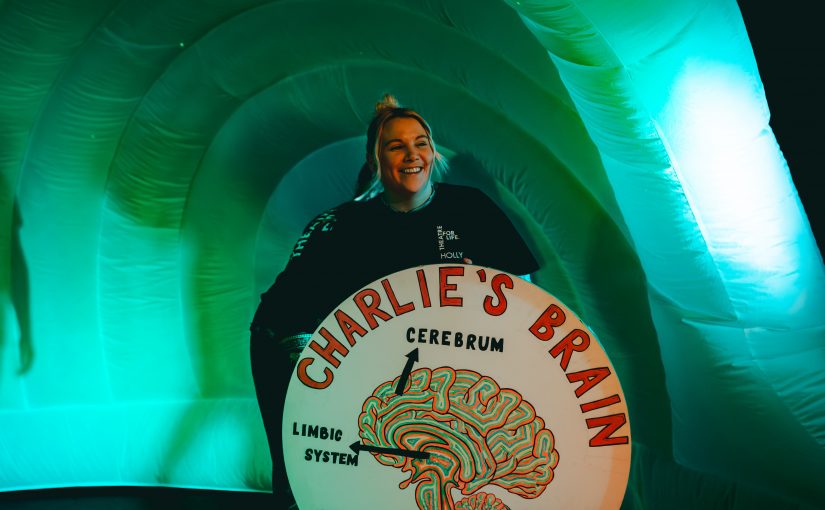As a new school year begins and we all settle back into our familiar routines, summer is already beginning to feel like a distant memory. But before we get swept up in plans for the year ahead, I’d like to reflect on what’s been a busy three months for Southampton’s cultural sector.
This summer, creative organisations from across the city showcased Southampton’s thriving arts and culture scene. For locals and visitors alike, there were a plethora of workshops, exhibitions, pop-ups, and festivals to explore. And you don’t have to scroll far on social media to see the smiling faces of organisers, participants, and attendees. But what was it that made these events so successful?
1. A commitment to co-creation
Co-creation is something we talk about a lot in SCEP meetings, and it was good to see organisations putting this into practice over the summer. A brilliant example of co-creation was the Emerge Youth Festival delivered by SoCo Music Project and Southampton Forward. They worked with young people from across the city to create an exciting new festival with live music and local vendors.
Turner Sims also engaged young people when planning their Summer Festival. Their collective of young music programmers, The Vibe, hosted two events at the festival, brining a new perspective to Turner Sims’ already eclectic musical offering.
Co-creation will look different depending on the activities and opportunities you have on offer, but some easy options include working with young people to choose performers for events, design marketing materials, and develop creative programmes and projects.
2. A celebration of local talent
One of the values that our SCEP members share is their passion for cultivating and showcasing local talent. Southampton-based creatives were celebrated at a variety of events this summer, from stallholders at the Mela Festival to performers at Southampton Pride.
While it can be tempting to think that big household names are the best way to capture the attention of your audience, emerging and established local creatives play an important role in keeping your event relevant. And, as an added bonus, these individuals and companies often do a lot of heavy lifting when it comes to ticket sales and marketing. So, if you’re not already taking advantage of Southampton’s abundance of makers, performers, and creative practitioners, this is definitely something to consider in the year ahead.
3. A chance to work together
At our last Members’ Meeting, we spoke a lot about creating opportunities for collaboration, and it was great to see so many of our members partnering on projects and events this summer. There are lots of great reasons to team up with other organisations in the sector, from sharing resources and pooling budgets, to sharing expertise and reaching new audiences. And it’s not just official partnerships that can have an impact. Inviting local charities and businesses to run stalls at your event is a simple yet effective way of introducing young people to the variety of arts projects and programmes on offer in the city.
Looking forward
As the autumn term gets underway, many of us will be turning our attention to the challenges facing the sector over the next academic year. In the midst of writing reports and balancing budgets it can be easy to lose sight of what we’re all working towards. But in those moments, let’s reflect on the summer and all the hurdles that we overcame to showcase the very best of Southampton’s arts and culture scene.
